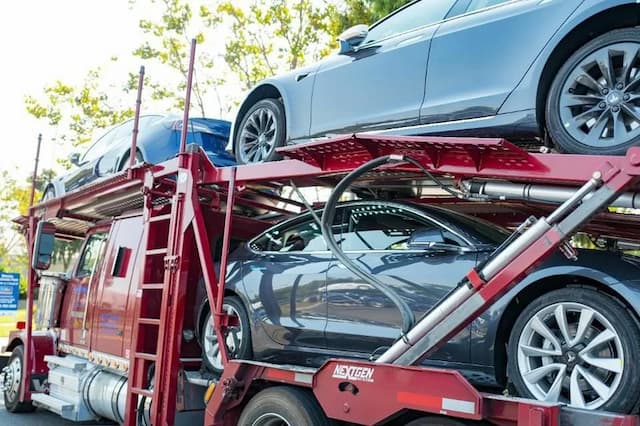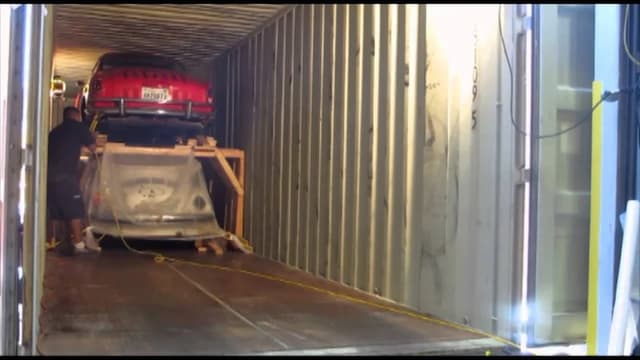Navigating Car Transport in Fremont, CA
When it comes to shipping your car in California, there's a world of factors to consider. California, with its strict emissions regulations, diverse climate conditions, and urban congestion challenges, presents a distinct set of circumstances. But don't worry! Here at CitizenShipper, we are committed to helping you navigate through it all. Whether you're moving into or out of Fremont or need to transport your car for any reason, our expert team is here to help.
California's Vehicle Transportation Laws & Regulations
In California, car transportation laws and regulations are in place to ensure the safety and preservation of all vehicles and public roadways. Auto transporters must adhere to the Federal Motor Carrier Safety Administration (FMCSA) regulations for safety. Compliance involves ensuring that all vehicles are properly secured during transport and maintaining necessary documents for every shipped vehicle.
All auto transporters operating in California must also possess an active MC Docket number, issued by the FMCSA. This number signifies that a transportation company is registered under the federal government, allowing them to legally operate across state lines. Additionally, California has specific emissions standards that may affect certain vehicles being transported into the state, so it's important to be aware of these requirements.
Weather & Terrain Considerations in Fremont, CA
Weather patterns in Fremont, CA have a significant impact on car shipping. With a Mediterranean climate, Fremont experiences warm, dry summers and mild, wet winters. The city rarely sees extreme weather, but seasonal fog can occasionally affect visibility and transportation schedules, particularly during winter months.
Fremont's terrain is relatively flat with the beautiful East Bay hills to the east, making it generally accessible for auto transport. However, its proximity to the San Francisco Bay Area means transporters must contend with significant traffic congestion, especially during peak commute hours. The city's location between major highways like I-880 and I-680 makes it a convenient transport hub, though Bay Area traffic can sometimes cause delays. It's advisable to plan shipments outside of rush hours when possible and allow for flexible delivery windows, particularly if your pickup or delivery location is in a residential area with narrow streets.








